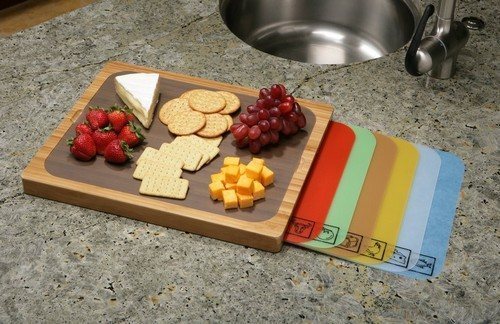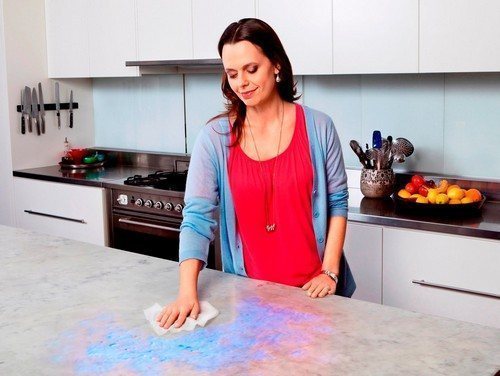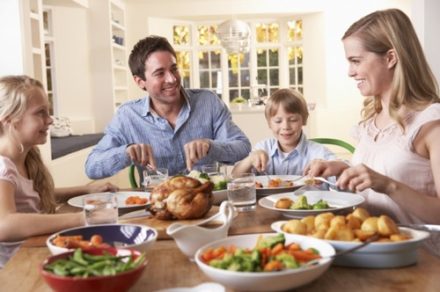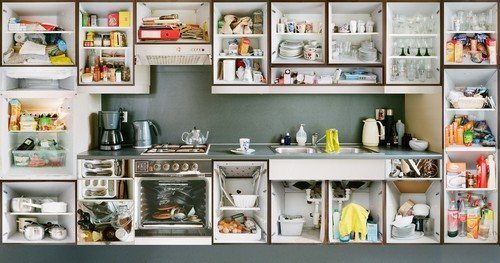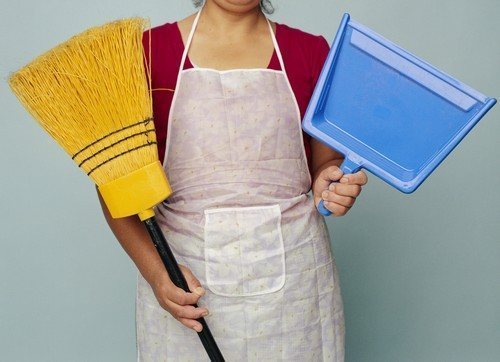Not all items have an expiration date or expiration date. But this does not mean that you can use some of them forever. Many items in the kitchen break down after some time, and some even acquire harmful properties.

Dish sponges and household rags
An inexpensive, simple sponge will not last long on its own. But a high-quality washcloth or rag will not fray for a very long time. However, any of them should be used for no more than 2 weeks. During this time, they become clogged with fat, begin to wash poorly and accumulate microparticles of debris. Sponges and rags themselves become a source of pollution. You can slightly extend the period of safe use of these items. Regularly (for example, once a day) pour boiling water over the sponge or heat it in the microwave at maximum power for 10-15 seconds. Wash rags with laundry soap and rinse with very hot water.

Towels
It is not enough to simply wash the towels used in the kitchen. They need to be changed regularly. Due to the specifics of the application, namely due to contact with fairly aggressive media (fats, acids), the structure of the fiber changes. Over time, towels stop being washed completely, absorb moisture less well, can accumulate dirt and even fade. It is better to use simple waffle towels, which are inexpensive, and change them more often.

Enameled cookware
Good cookware lasts a long time.Some housewives use items that they got from their mother, and even from their grandmother. However, this is not acceptable for all types of cookware. If a pot or saucepan has a coating on it, it will have a limited lifespan. A micro-scratch is a source of metal micro-chips that can get into your food. If the integrity of the surface is compromised, coating particles begin to peel off. It's good if they are harmless. However, the effect of these substances on the body has not been sufficiently studied.
In addition, enamel cookware is made of steel without anti-corrosion properties. It is the coating that provides protection. Therefore, the presence of even minimal defects, microcracks, will lead to the appearance of rust, sometimes hidden from view.
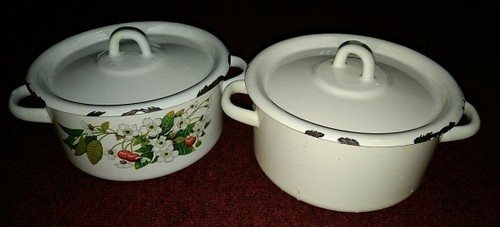
Plastic containers
Containers made from food-grade plastic are safe and can be reused many times. But not indefinitely. After a year of active use, the shape begins to deform and the material becomes softer. If the dishes are used for heating or freezing, that is, exposed to shock temperatures, then they begin to deteriorate even faster. Soots appear on containers for heating food that cannot be washed off.
The plastic itself ceases to be safe; its microdoses begin to dissolve in food, as happens with disposable containers when used repeatedly. Therefore, all plastic containers must be changed approximately once every 1-2 years, depending on operating conditions and condition.
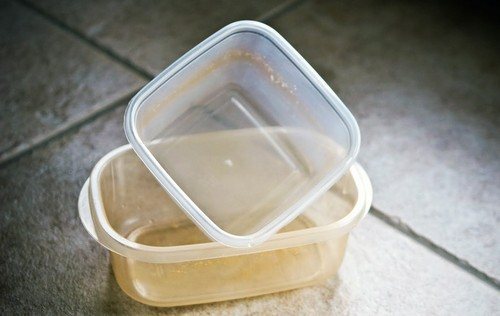
Cutting boards
Cutting boards quickly lose their presentation: knife marks remain and the surface darkens. Most housewives change the board at this moment.In fact, the cutting surface becomes unusable much earlier. Cuts on the surface are a source of contamination. It is impossible to wash out food debris from these crevices. And if some materials, for example, glass or plastic, can be “boiled” in the dishwasher, then wooden boards must be replaced immediately.
To avoid running to the store for this accessory every month, use different boards for different products. In this case, only the surface on which raw meat and fish is cut will be subject to frequent replacement. The rest can be used longer.
